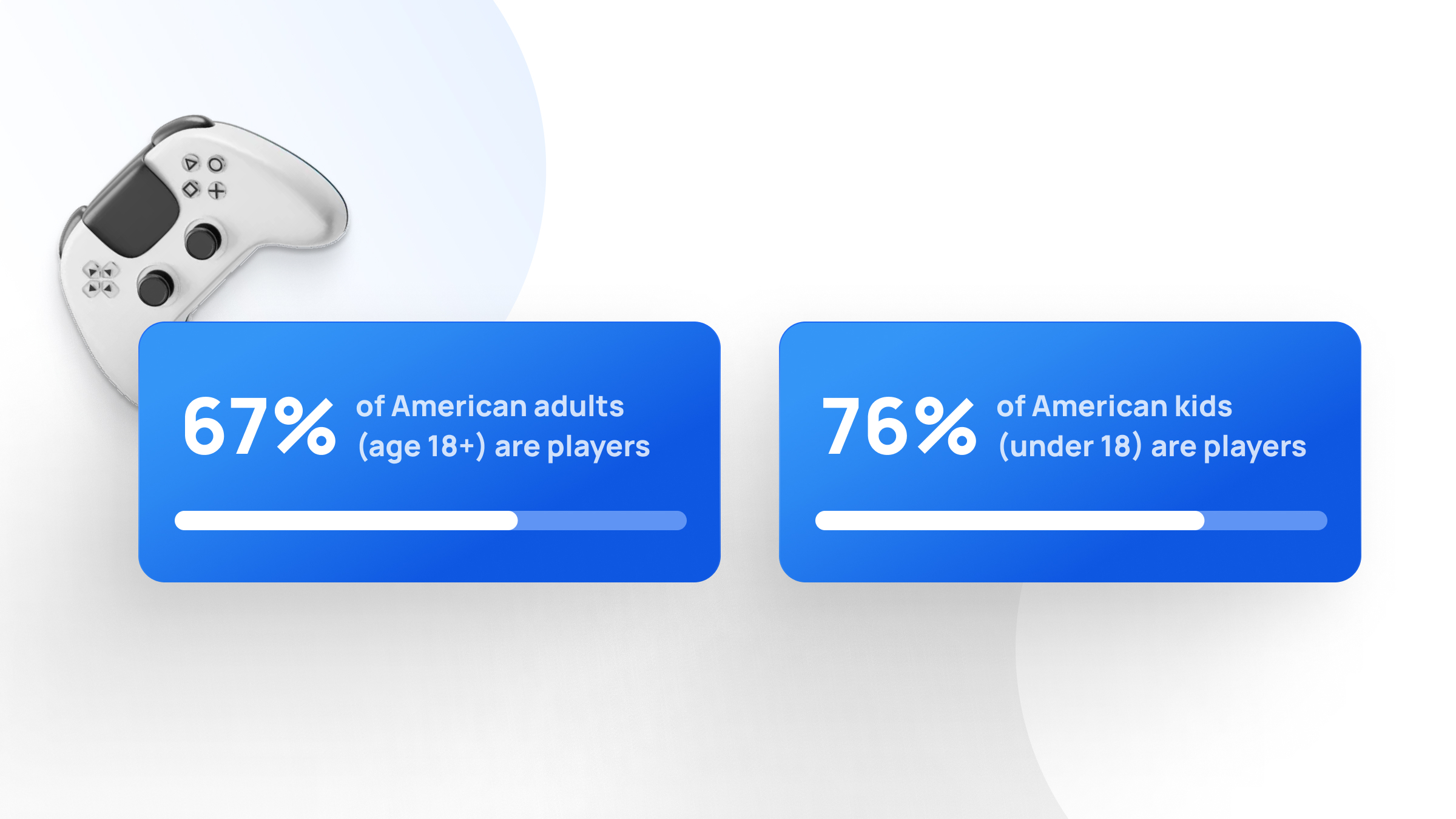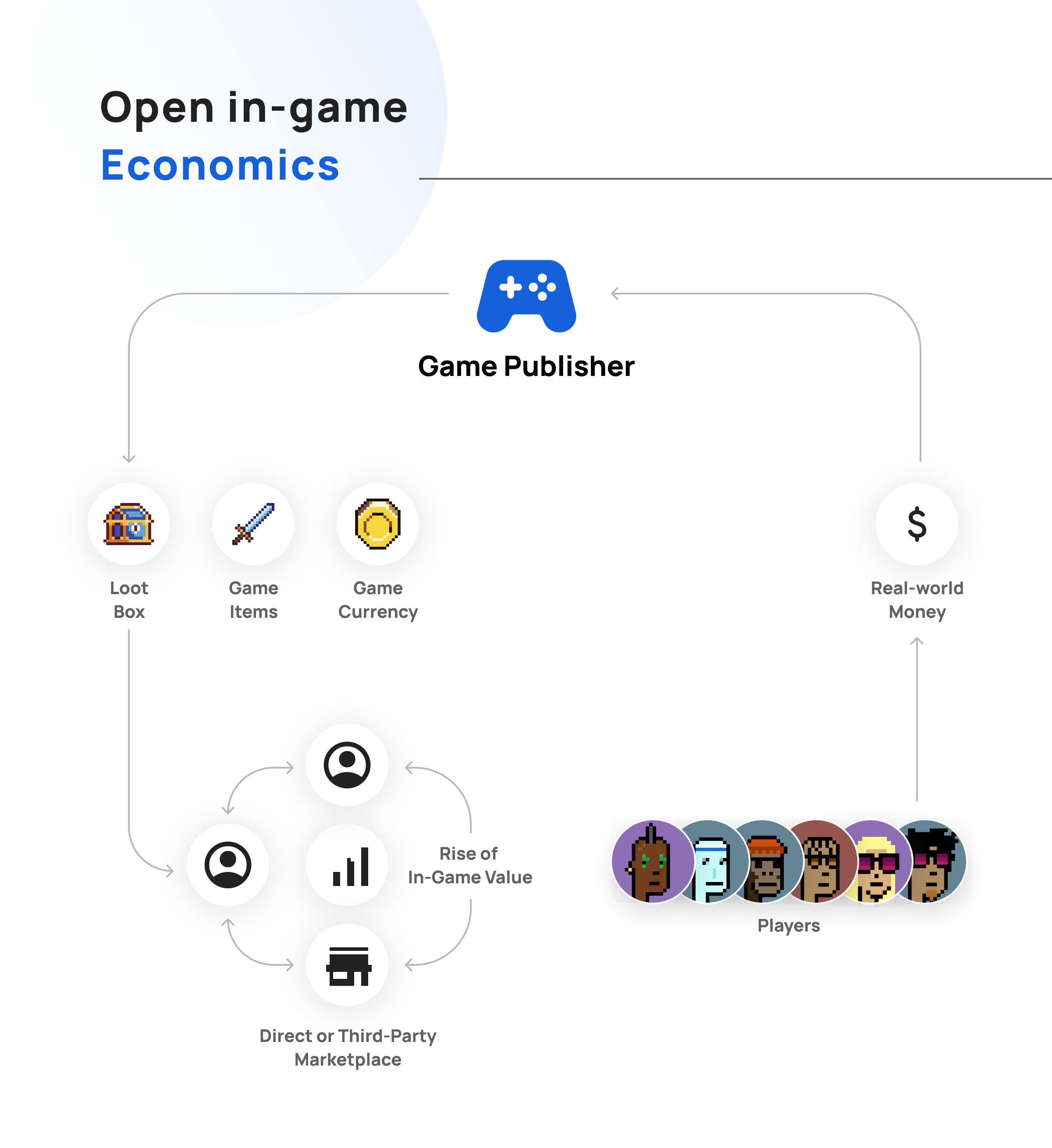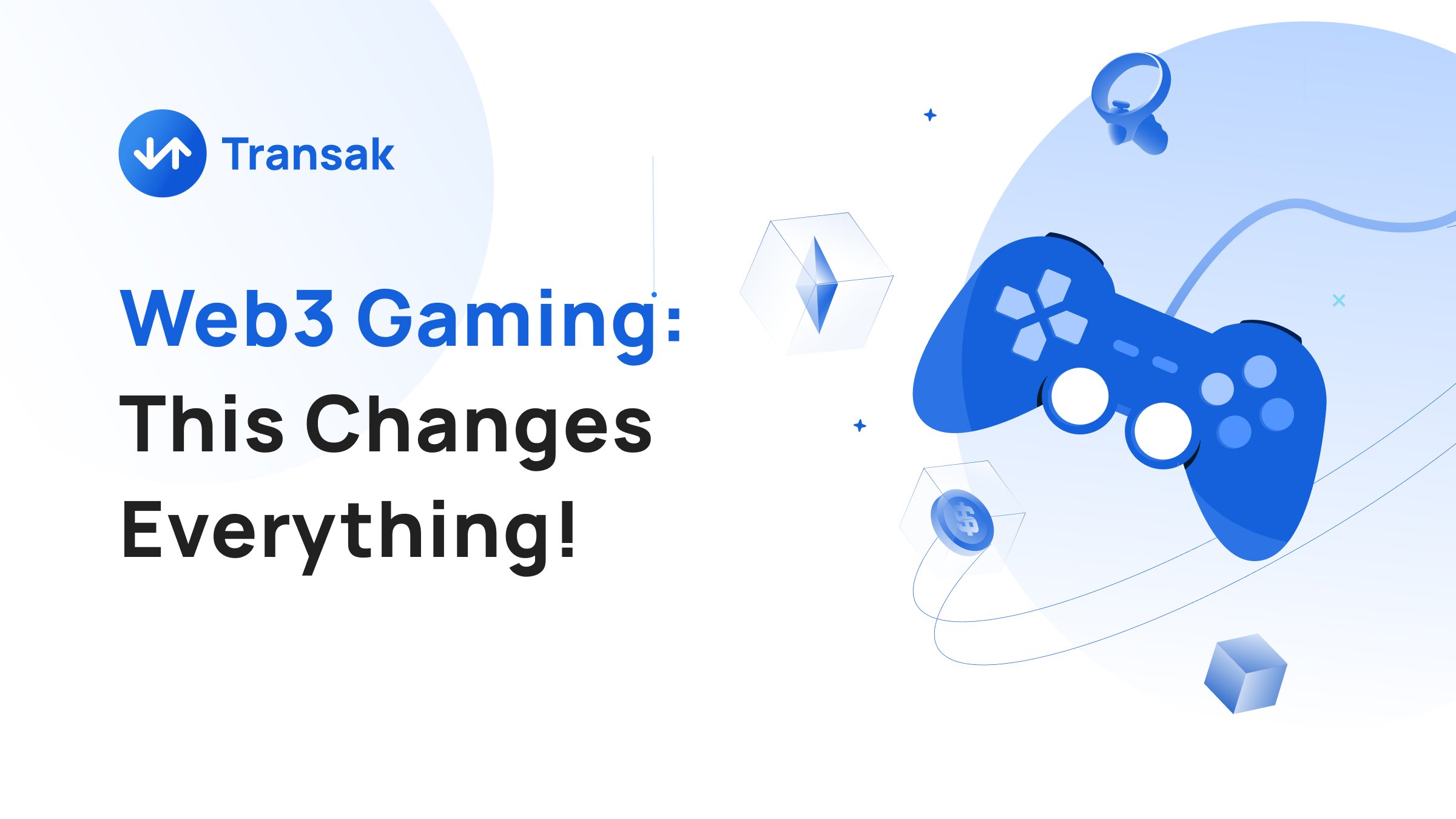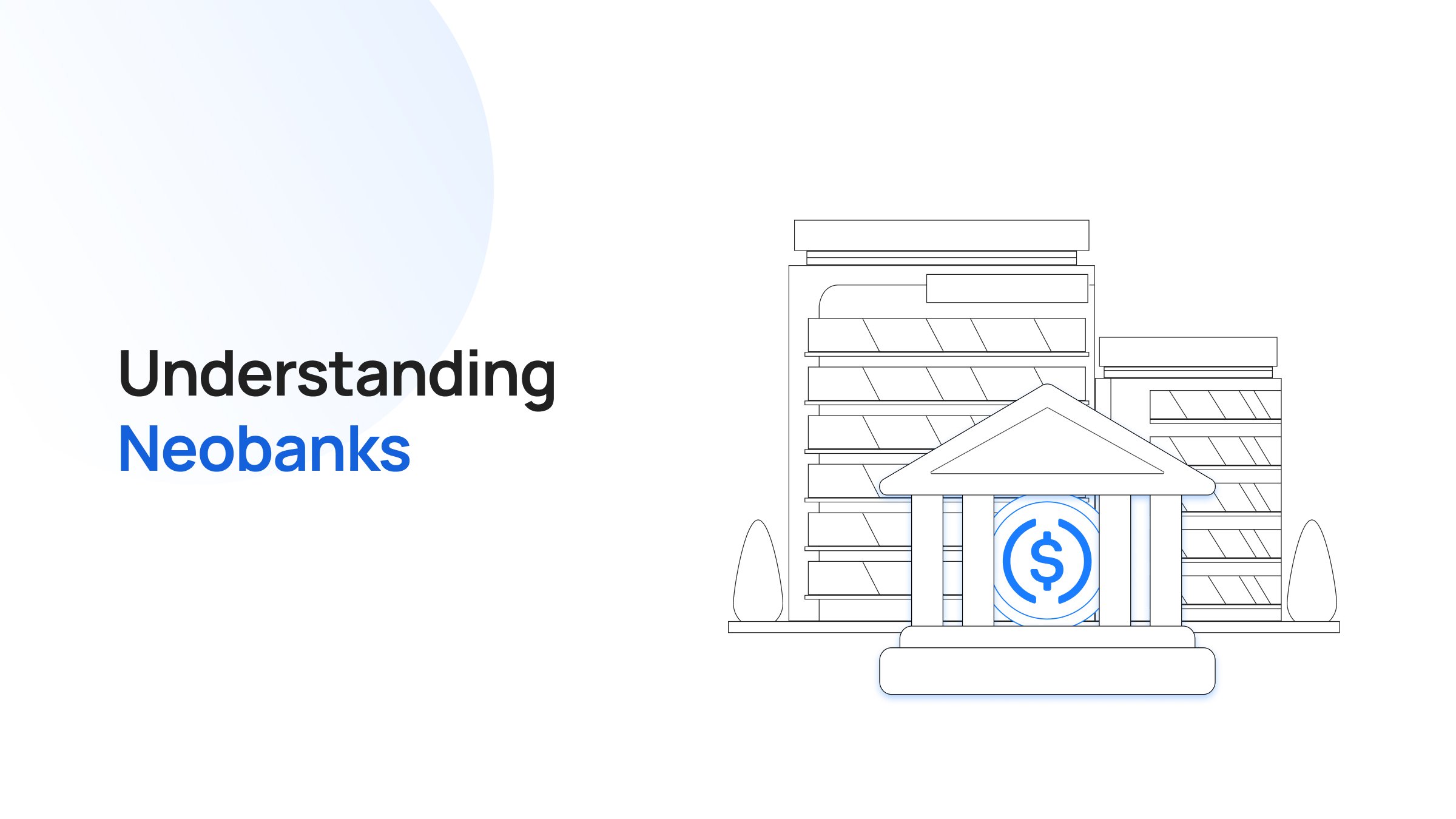Web3, with its decentralized ethos, blockchain foundations, and an emphasis on user sovereignty, is changing how we perceive and interact with digital environments.
It’s a world where users have unprecedented control over their digital assets, where communities drive the narrative, and where digital asset ownership is not just a feature, but a fundamental principle.
With the potential to create unique economic models from scratch and the ability to provide greater immersion through digital experiences and secure asset ownership, blockchain technology naturally found its way into the gaming sector.
The gaming industry, a powerhouse of innovation and creativity, is embracing these Web3 concepts. It is opening new frontiers for player engagement and interaction. Gaming is no longer just about entertainment; it's about immersive experiences, economic opportunities, and community-driven development.
This drive is also reflected clearly in the rapidly growing market cap of gaming-related cryptocurrencies. The web3 gaming category, today, stands among the top 20 narratives based on market cap.
This article will explore how web3 is reshaping the gaming landscape, dive into gaming's significant impact on the proliferation and innovation of Web3 technologies, and look at the exciting possibilities this holds for the future.
The Pre-Web3 Gaming Era
Before blockchain and cryptocurrencies made their way into the gaming world, players dedicated countless hours, pouring their heart and soul into gameplay.
Game players invested countless hours and hard-earned money for the sake of entertainment and instant gratification. This investment often took the form of purchasing in-game collectibles, such as character clothing and decorations, among other items.
For example, the popular MMO shooting game, PUBG, had to voluntarily impose time limits of 6 hours on app usage as several users were sacrificing health over gameplay. The average time spent per week playing games increased by nearly 27% from 2019 to 2022 in the US.

However, this commitment was often met with intangibility; these virtual assets held no real-world value. More critically, their permanence was precarious, subject to the whims of game developers and owners who could modify, control, or even erase these digital possessions at will.
For players, true ownership or tangible gain was non-existent, often limited to fleeting moments of joy within the gameplay due to closed in-game economies.
.jpg)
A select few managed to capitalize on their gaming endeavors, leveraging personal branding through live-streaming or securing victories in competitive gaming tournaments. Yet, for the majority, the gaming experience left a void, a yearning for something more substantive. They sought an experience that extended beyond the screen, one that offered real-world value and a sense of lasting ownership.
This gap in player empowerment and asset tangibility set the stage for the transformative integration of blockchain in gaming.
The Essence of Web3 in Gaming
Web3 and its associated technologies — blockchain, cryptocurrencies, NFTs, and more — are laying the foundation for a new gaming landscape. An open in-game economy where players are the center of the universe.

These technological innovations all come together to form the essence of web3 gaming everyone loves and appreciates:
- Play-to-Earn (P2E) model
- Ownership of digital assets
- Community governance and participation
Play-to-Earn (P2E) Model
The Play-to-Earn (P2E) model, enabled by Web3 technologies, represents a paradigm shift in gaming economics.
In this model, players can earn real-world value, typically in the form of cryptocurrencies or digital assets, by playing the game. This contrasts sharply with traditional gaming, where any value or assets accumulated were confined within the game's ecosystem.
Players can now monetize the time and effort they put into games, while developers can create more engaging and sustainable gaming ecosystems. This symbiotic relationship enhances the gaming experience and opens up new revenue streams.
As a result, the P2E model gives birth to what we now call “GameFi.”
GameFi (a portmanteau of gaming and finance) explores the intersection where gaming meets decentralized finance (DeFi).
This includes features like borrowing, lending, staking, and renting digital assets, as well as in-game marketplaces for trading these assets.
This integration creates new economic models within games. Players can stake their digital assets to earn returns, lend their assets to other players for a fee, or participate in in-game marketplaces that reflect real-world economic principles.
Ownership of Digital Assets
Blockchain technology allows players to have true ownership of their in-game assets, like virtual land, represented as NFTs (Non-Fungible Tokens), SBTs (Soul-Bound Tokens), and others.
This unlocks several key aspects:
- Verifiability: Each asset is typically represented as a token, often a non-fungible token (NFT), which is unique and cannot be replicated. This means players can verify the legitimacy of the items they purchase or trade.
- Transferability: Digital assets on the blockchain can be easily and securely transferred between users. This transfer is often peer-to-peer, without the need for an intermediary. This ease of transfer increases the liquidity of digital assets, making them more attractive to users.
- Provenance Tracking: The immutable nature of blockchains allow users to accurately track the provenance of their game assets including its creation, ownership history, and any changes made to it.
- Interoperability: Some blockchain games are designed with interoperability in mind, allowing digital assets to be used across different games or platforms. This is made possible by the standardized formats of blockchain tokens.
- Decentralization and Security: Game assets are not stored on a single server or controlled by a single entity, reducing the risk of loss due to server failure or company shutdown. The security of blockchain also ensures that assets are less susceptible to hacking or unauthorized access.
Community Governance and Participation
Community governance and participation in blockchain games are how games are managed and evolve. Players are not just consumers but also contributors to the game's economy and community.
Unlike traditional video games where decisions are made by the game developers or publishers, blockchain games often empower their players with significant influence over the game's direction, policies, and updates. This democratization is facilitated primarily through mechanisms like Decentralized Autonomous Organizations (DAOs) and governance tokens.
A DAO is an organization represented by rules encoded as a computer program. It can govern various aspects of the game, such as feature development, in-game economics, and even dispute resolution.
Players, often through ownership of governance tokens, can propose changes or vote on proposals regarding the game's development. Governance tokens are digital assets that provide voting power in a DAO; the more tokens a player has, the more significant their voting power.
The Symbiotic Relationship Between Web3 and Gaming
Gaming has come a long way.
Remember the old days of consoles where people had to blow into cassettes and replug them if a game ever got stuck? The newer generation of game enthusiasts will probably never relate to that.
Today, gaming has evolved into a much more intricate web of social interactions, digital economies, and immersive experiences. Taking it a step further is web3 gaming.
On one hand, web3 enables decentralized gaming experiences, where players have true ownership of their in-game assets. This means that items, characters, or even entire game worlds can be owned, traded, or sold on decentralized marketplaces. This shift has profound implications for how games are developed, monetized, and played.
On the other hand, gaming is a crucial driver for web3-associated technologies to become mainstream.
Catalyzing Mass Adoption
Gaming provides incredible utility for blockchain applications. While distributed ledger technology has a lot of potential in others sectors too, like healthcare and cross-border payments, the path to adoption is laden with regulatory hurdles and technical deterrents.
Video games, however, are a different playing field. The ease of entry for blockchain projects is relatively easy. Further, the willingness of gamers to try out new technologies is far greater compared to other professions in industries like healthcare and traditional finance.
A 2021 study by Shang Gao and Ying Li investigated blockchain-based games from users’ perspective. One of the conclusions drawn by the research was that implementation of blockchain-based utilities significantly improved users’ willingness to play due to the perceived usefulness.
Essentially, users were more inclined to play the games as they were incentivized with real-world value.
However, another study found that most gamers have a neutral feeling towards crypto games due to their high entry barriers. The study suggested that simplifying the game onboarding process and creating more user-friendly interfaces could help overcome these hurdles.
Additionally, integrating educational components that explain the benefits and operations of blockchain within the games themselves could foster a more positive outlook.
Catalyzing Innovation
Web3 gaming is reshaping how games are created, owned, and played by fostering player-centric ecosystems and introducing new gaming models.
Most games employing blockchain-based tech stacks do away from traditional free-to-play and pay-to-win frameworks, allowing gamers to earn real-world value through their in-game activities. This changes the dynamics of gaming monetization.
This synergy has not only introduced new gaming experiences but has also pushed the boundaries of blockchain technology itself, with companies like Immutable and Transak playing pivotal roles.
For instance, blockchain games require high transaction throughput to accommodate numerous in-game activities, leading to the development of more scalable blockchain solutions like the Immutable zkEVM.
Additionally, gaming has driven the adoption of non-fungible tokens (NFTs), as these tokens can represent unique in-game assets, enhancing the sense of ownership and investment for players.
As a result, there is an increased focus on building products that add to great user experience. For example, Transak’s NFT Checkout, optimized for gaming, addresses the pain points of purchasing NFTs by supporting multiple NFTs in a single transaction and integrating with various blockchains and cryptocurrencies. This simplifies the transaction process, making it as straightforward as any online fiat transaction, thereby reducing barriers to entry for new users in the blockchain gaming world.
Future of Web3 Gaming
Today, web3 gaming is akin to a small category within the larger gaming industry. In the future, we can expect crypto gaming to be a significant part of the global entertainment industry.
This evolution will be supported by advancements in AR/VR technology, which promise to create more immersive gaming experiences, and the continued improvement in CPU and GPU processing speeds, which will enhance the performance and accessibility of these games.
Web3 games will not be alienated from regular games. Instead the distinction would gradually fade away.
One of the foremost challenges in the rise of blockchain-based gaming has been its high capital and time requirements. Developing a low-latency, high-performance AAA or MMORPG game is a resource-intensive endeavor, often taking up to five years and over $50 million.
This investment profile has historically been at odds with the typical cycles of the cryptocurrency market, which tends to operate in four-year cycles, with around 1-1.5 years of bearish sentiment followed by bullish periods.
Given this cyclical nature, investors have often preferred to channel their funds into projects with shorter time-to-market periods and lower capital requirements, such as layer-2 scaling solutions and DeFi projects, where the capital requirement could be as low as $2 million – less than tenth of what might be needed for a high-end game. This preference has somewhat stymied the widespread adoption and development of blockchain-based games.
Despite these challenges, several companies have been diligently building their gaming platforms throughout these bearish periods, anticipating a surge in interest and market potential when the bullish phase returns. Some examples are The Sandbox, Shrapnel, and Decentraland.
This consistent development effort suggests that the market may soon see the launch of several high-quality blockchain-based games.
Additionally, innovations like zkEVM, global on/off-ramps, and NFT Checkout are set to be critical catalysts in this evolution.
- zkEVM can enhance the privacy and scalability of blockchain transactions, essential for mass adoption in gaming.
- Global on/off-ramps will make it easier for users worldwide to participate in Web3 gaming by simplifying the process of converting between cryptocurrencies and fiat currencies.
- NFT Checkout, meanwhile, will streamline the process of acquiring and trading in-game assets, making it more user-friendly and secure.
While Web3 gaming has faced its share of challenges, mainly due to high developmental costs and the cyclical nature of cryptocurrency investment, the sector is on the cusp of significant growth.
Powering this growth is the robust infrastructure offered by companies like Transak. Learn more here.






